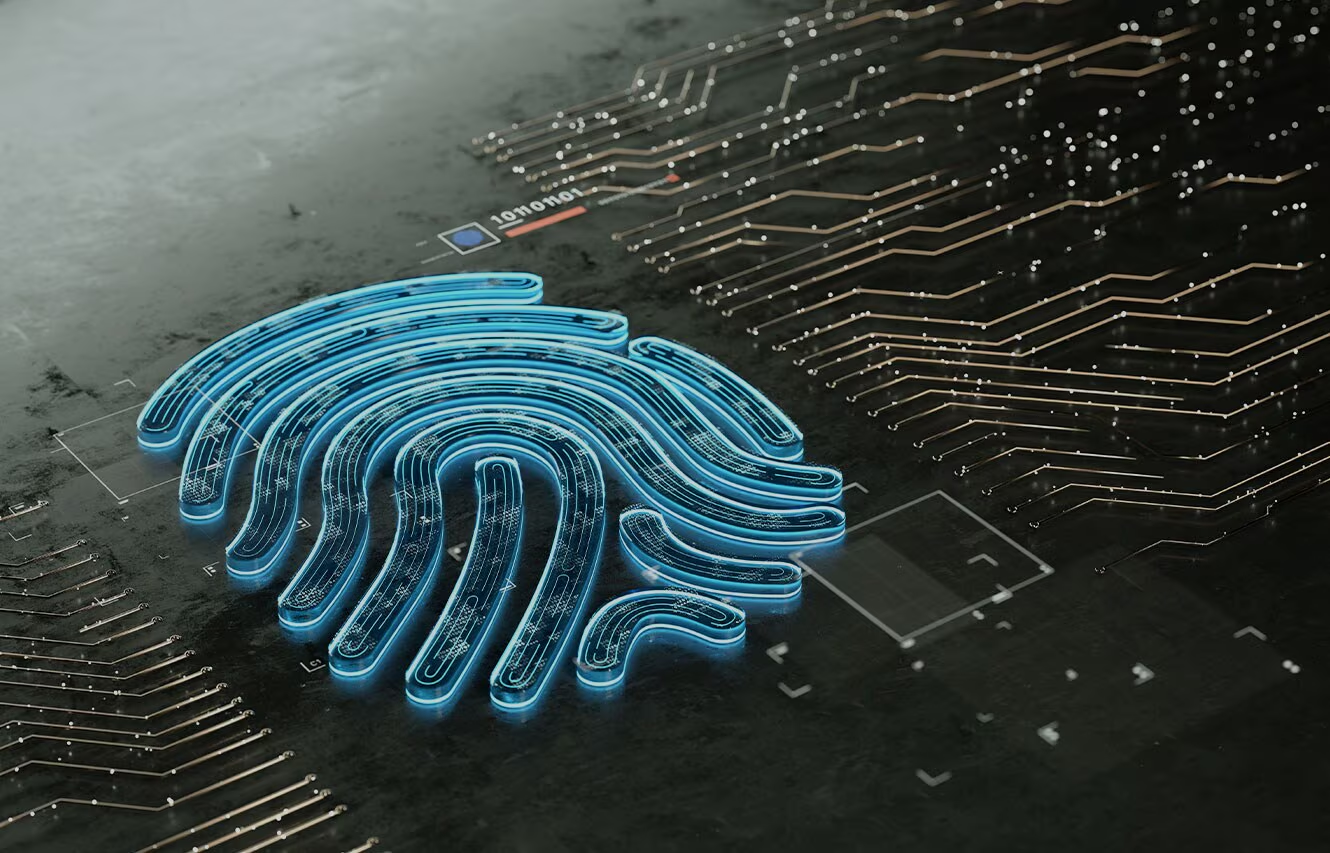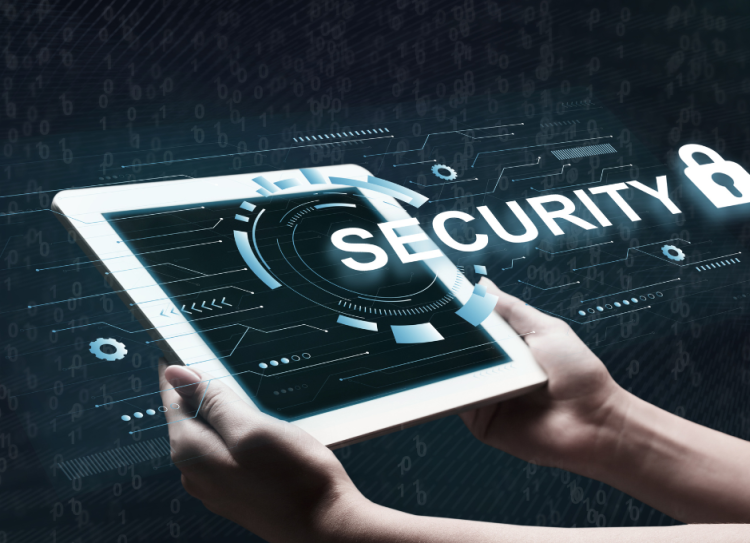Introduction
As we look toward the future, cybersecurity continues to be one of the most pressing challenges in the digital world. With the increasing number of cyberattacks, data breaches, and digital threats, securing personal, organizational, and governmental data has never been more crucial. However, the landscape of cybersecurity is evolving, driven by emerging technologies such as Artificial Intelligence (AI), blockchain, and the rollout of 5G networks. These technologies promise to transform the way cybersecurity is approached, offering both new opportunities for protection and new challenges. This article will explore how AI, blockchain, and 5G are shaping the cybersecurity industry in 2025, highlighting the benefits, challenges, and potential impacts on organizations and individuals alike.
1. The Role of Artificial Intelligence in Cybersecurity
1.1 AI in Threat Detection and Response
Artificial intelligence is rapidly becoming a cornerstone of cybersecurity. One of the most prominent applications of AI in cybersecurity is in the detection and response to cyber threats. AI algorithms can process vast amounts of data in real-time, identifying unusual patterns and anomalies that could indicate a security breach. Machine learning models are increasingly being used to detect and predict cyberattacks, such as phishing, ransomware, and malware, based on historical data and behavioral patterns.
By continuously learning from new threats, AI systems can adapt and evolve, improving their ability to recognize and mitigate risks. For example, AI-driven security tools can automatically detect a breach and immediately deploy defensive actions, such as blocking malicious traffic, isolating infected systems, or triggering alerts to human responders. The combination of machine speed and accuracy significantly reduces response time, which is crucial in mitigating the damage caused by cyberattacks.
1.2 AI in Automation and Threat Hunting
Beyond automated response, AI is enhancing proactive cybersecurity measures. AI-powered threat hunting platforms allow security professionals to scan massive volumes of data and systems for potential vulnerabilities and threats. By automating repetitive tasks such as log analysis and monitoring, AI frees up human security teams to focus on more complex problems and decision-making.
AI is also playing a role in predictive analytics, helping organizations anticipate future cyber risks. By analyzing patterns from previous attacks, AI systems can predict new attack vectors and recommend preventative measures. This predictive capability is invaluable in a rapidly changing threat landscape, where new attack methods and vulnerabilities emerge constantly.
1.3 Ethical Considerations and Challenges of AI in Cybersecurity
Despite its immense potential, the use of AI in cybersecurity brings about several challenges. One of the primary concerns is the potential for adversaries to use AI for malicious purposes. Hackers could employ AI algorithms to launch more sophisticated and targeted attacks, such as using AI to bypass traditional security measures or create convincing deepfake attacks.
Moreover, there are concerns about the ethical implications of relying on AI for critical cybersecurity tasks. AI systems can be biased if not properly trained, leading to false positives or negatives that could harm security operations. As AI becomes more integrated into cybersecurity frameworks, ensuring transparency, accountability, and fairness in its design and implementation will be crucial.
2. Blockchain and Cybersecurity: A Decentralized Approach
2.1 Blockchain for Secure Data Management
Blockchain technology, primarily known for underpinning cryptocurrencies like Bitcoin, is increasingly being explored for its applications in cybersecurity. The inherent characteristics of blockchain, such as immutability, decentralization, and transparency, make it an ideal solution for securing digital transactions and sensitive data.
In cybersecurity, blockchain can provide a secure way to manage identity, authenticate users, and track transactions across a network. With traditional systems, centralized databases are often vulnerable to hacking and data manipulation. Blockchain’s decentralized structure removes the single point of failure, ensuring that data is encrypted and recorded on multiple nodes across the network, making it extremely difficult for hackers to alter or delete it.
2.2 Blockchain for Enhancing Authentication and Identity Management
One of the most promising uses of blockchain in cybersecurity is in identity management and authentication. Current authentication methods, such as passwords and biometric scans, are vulnerable to data breaches and hacking attempts. Blockchain allows for decentralized and cryptographically secure identity systems, reducing the risk of identity theft and ensuring that users’ sensitive information is only accessible by authorized parties.
For instance, blockchain-based authentication can use digital certificates that are validated across a distributed ledger, making it much more difficult for malicious actors to impersonate legitimate users. Additionally, blockchain can be used in multi-factor authentication systems, offering a more secure and tamper-proof approach to verifying users’ identities.

2.3 Blockchain Challenges and Limitations in Cybersecurity
Despite its potential, blockchain technology in cybersecurity faces several challenges. The most significant issue is scalability—many blockchain networks struggle to handle large volumes of transactions, which can slow down processing speeds. This makes blockchain less practical for real-time cybersecurity applications, particularly when dealing with the massive amounts of data generated by modern organizations.
Furthermore, while blockchain is highly secure, it is not invulnerable. For example, attacks on blockchain networks, such as the 51% attack, could still result in breaches or data manipulation. Additionally, the complex nature of blockchain can present barriers to widespread adoption, as organizations may need to overhaul their existing systems and infrastructure to integrate blockchain solutions.
3. The Impact of 5G on Cybersecurity
3.1 5G Networks: A Double-Edged Sword
The advent of 5G networks promises to revolutionize how we connect to the internet, offering faster speeds, lower latency, and the ability to connect billions of devices in the Internet of Things (IoT). While this has enormous potential for innovation, it also introduces new cybersecurity risks.
5G networks will increase the volume of data being transmitted and the number of devices connected to the network. This presents new opportunities for cybercriminals to exploit vulnerabilities in IoT devices and take advantage of the expanded attack surface. The vast interconnectivity enabled by 5G can lead to more complex cyberattacks, including distributed denial-of-service (DDoS) attacks, ransomware, and data breaches that affect not just individuals but entire industries and supply chains.
3.2 5G and the Security of IoT Devices
With the proliferation of IoT devices expected to skyrocket in a 5G-enabled world, securing these devices will be one of the biggest challenges for cybersecurity. Many IoT devices, such as smart home devices, medical equipment, and industrial machines, often have weak or outdated security protocols, making them vulnerable to hacking.
5G will increase the demand for real-time, high-speed communications between these devices, meaning the risk of vulnerabilities being exploited is greater than ever. Organizations will need to adopt stronger security frameworks to protect these connected devices and ensure that data transmitted over 5G networks is encrypted and secure.
3.3 Addressing the Challenges of 5G in Cybersecurity
To address these challenges, network operators, device manufacturers, and cybersecurity professionals will need to collaborate to implement strong encryption, improved authentication methods, and more robust security measures for the 5G infrastructure. This includes designing networks with built-in security features, developing secure communication protocols, and ensuring that 5G devices are tested and updated to handle emerging threats.
Additionally, the rollout of 5G presents a unique opportunity for innovation in cybersecurity. With the increased speed and bandwidth of 5G, new technologies such as AI-driven cybersecurity systems and edge computing could provide faster and more effective threat detection and mitigation.
4. The Convergence of AI, Blockchain, and 5G in Cybersecurity
4.1 The Synergy of AI, Blockchain, and 5G
Looking ahead to 2025, the convergence of AI, blockchain, and 5G could redefine cybersecurity. These technologies have the potential to work in tandem to create more resilient and secure systems. For instance, AI could be used to detect and respond to threats in real time, while blockchain could provide decentralized and immutable records of these threats. Additionally, 5G networks could enable faster communication between devices, making it easier to implement these advanced cybersecurity solutions on a large scale.
Together, these technologies could create an integrated cybersecurity ecosystem that is adaptive, scalable, and more capable of defending against the increasingly sophisticated cyber threats of tomorrow. AI-driven security systems could help identify vulnerabilities in real-time, while blockchain’s decentralized structure could ensure that data is protected and secure. Meanwhile, 5G’s low latency and high-speed connectivity could enable seamless collaboration between devices, security systems, and cloud infrastructure, ensuring that responses to attacks are swift and effective.
4.2 Challenges of Integrating Emerging Technologies
While the potential for synergy is significant, integrating these technologies into a cohesive cybersecurity framework is not without its challenges. Ensuring interoperability between AI, blockchain, and 5G systems will require careful coordination across industries and stakeholders. Additionally, security teams will need to be trained to understand and manage these new technologies, and companies will need to invest in infrastructure and tools to support their implementation.
Conclusion
As we approach 2025, emerging technologies such as AI, blockchain, and 5G are poised to transform the cybersecurity landscape. These innovations offer new ways to defend against cyber threats, but they also introduce new risks and challenges. Organizations will need to embrace these technologies strategically, adopting robust security frameworks, and ensuring that they remain vigilant in the face of increasingly sophisticated cyberattacks. By leveraging the strengths of AI, blockchain, and 5G, the cybersecurity industry can create a more secure and resilient digital future.


















































Discussion about this post